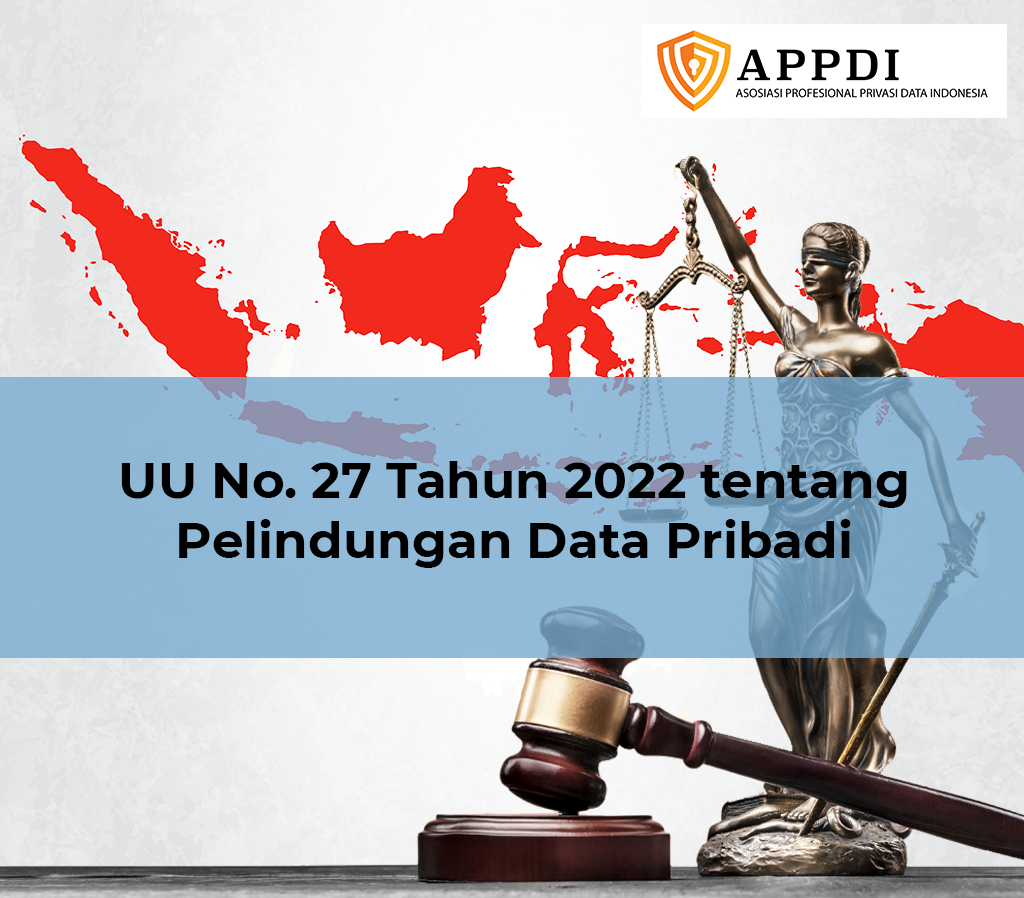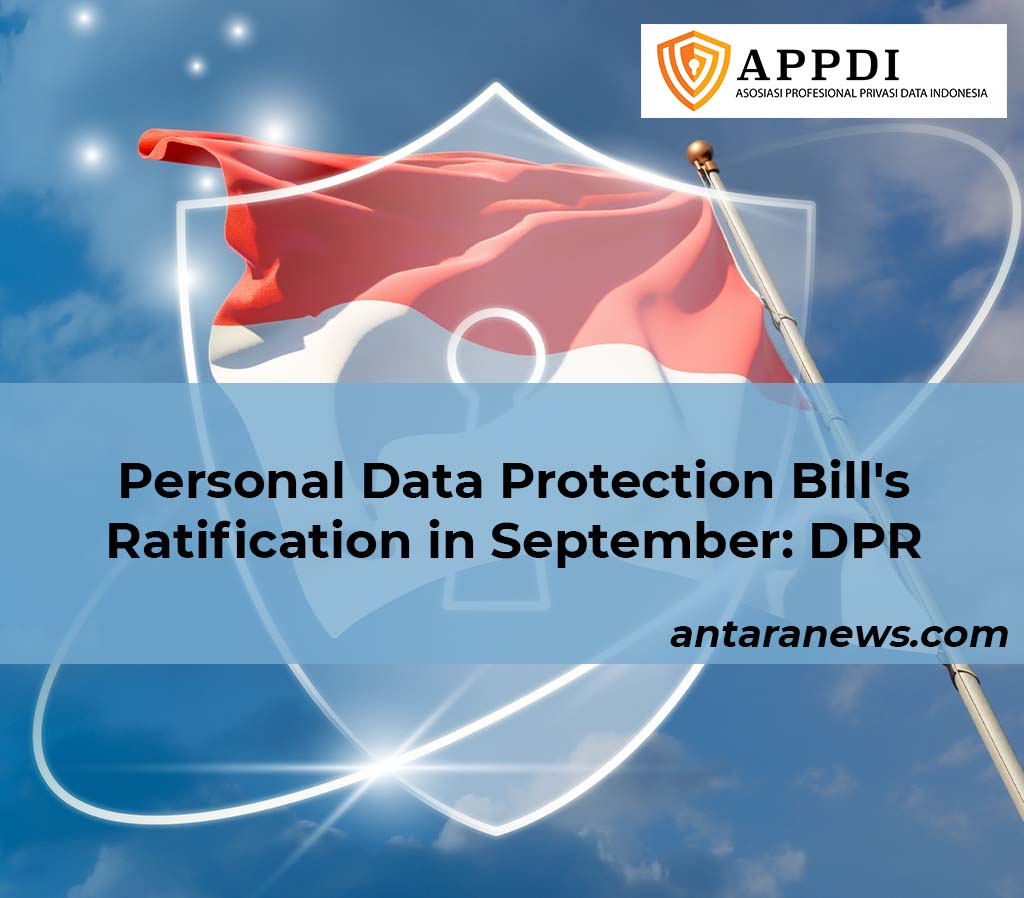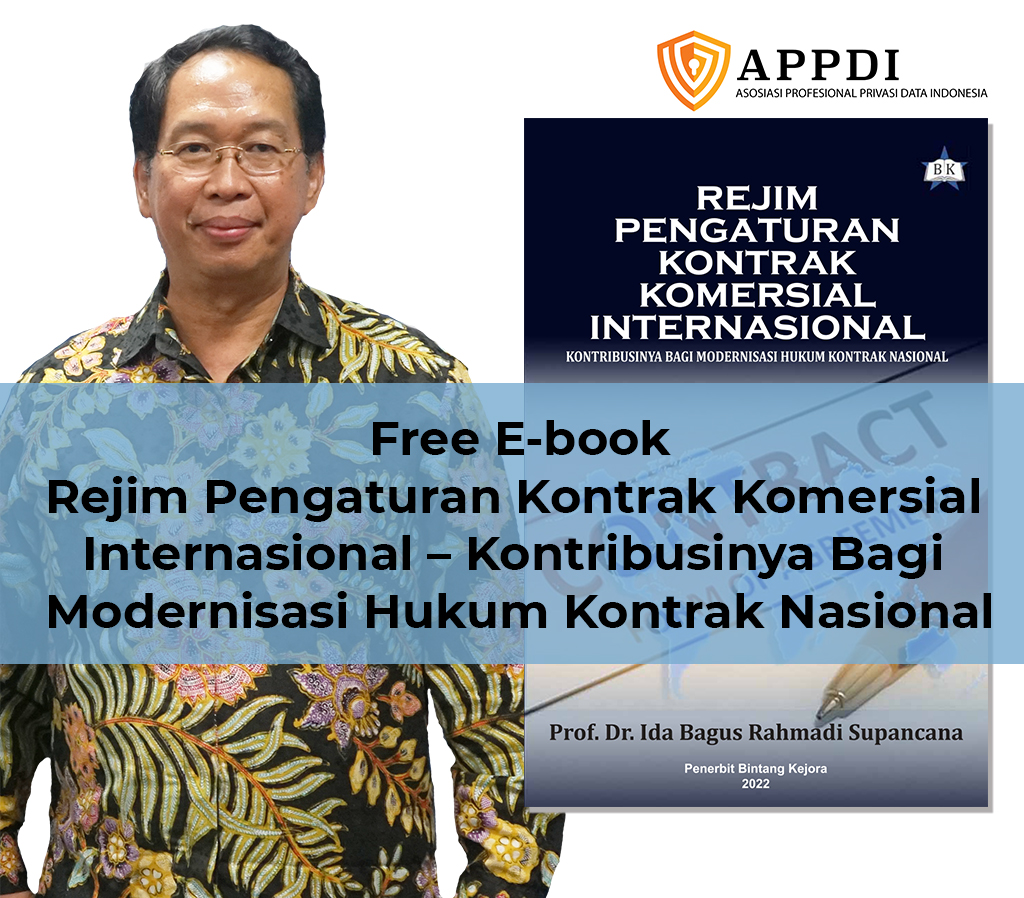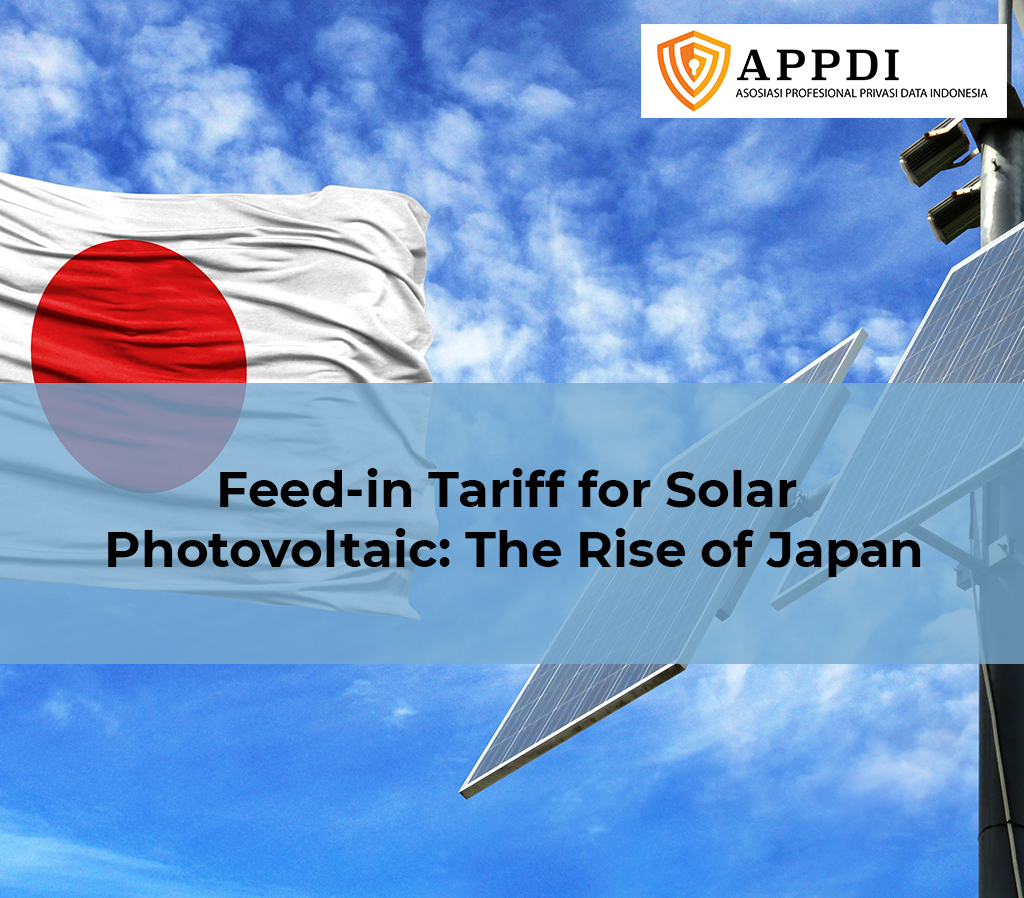Blog dan Berita

Legal Compliance Assessment of the Malaysian Health Sector Through the Lens of Privacy Policies
Value of information privacy has changed over time. Hence a weak personal data protection legal system will increase the threats and damages to individuals, especially in case of sensitive data like health information. Considering increasing amount of incidents,

UU No.27 Tahun 2022 tentang Pelindungan Data Pribadi
Presiden Joko Widodo resmi menandatangani UU No. 27 Tahun 2022 tentang Pelindungan Data Pribadi (UU PDP) pada 17 Oktober 2022. Aturan-aturan dalam UU PDP diterapkan bagi setiap orang, badan publik, dan organisasi internasional yang melakukan…

DPR Resmi Sahkan UU Perlindungan Data Pribadi
CNN Indonesia, Jakarta – Rapat Paripurna DPR secara resmi mengesahkan Rancangan Undang-Undang tentang Perlindungan Data Pribadi (RUU PDP) pada Selasa (20/9). Pengesahan itu diambil dalam Rapat Paripurna DPR ke-5 Masa Persidangan I Tahun Sidang 2022-2023. Rapat…

A Decade After the Personal Data Protection Act 2010 (PDPA): Compliance of Communications Companies With the Notice and Choice Principle
The massive and implausible advancements in the fields of information and communications…

Personal Data Protection Bill’s Ratification in September: DPR
Antaranews.com — Jakarta: The Personal Data Protection Bill (RUU PDP) can be ratified into law in September 2022 at the latest following the House of Representatives’ (DPR’s) session during the August-September 2022 period, a senior legislator stated.

Rejim Pengaturan Kontrak Komersial Internasional – Kontribusinya Bagi Modernisasi Hukum Kontrak Nasional
Perkembangan dinamika perdagangan dan investasi transnasional dalam skala global, regional dan bilateral dengan berbagai bentuk transaksinya membutuhkan pengaturan yang mampu mengakomodasikan berbagai kepentingan para pihak yang terlibat di dalamnya. Berbagai kepentingan tersebut…

Gandeng APPDI, FH UPH Persiapkan Mahasiswa Jadi Data Protection Officer Handal
Adanya isu terkait perlindungan data pribadi yang kerap menjadi perbincangan di era digital, menjadikan Data Protection Officer (DPO) sebagai profesi menjanjikan. Hal ini diresponi Fakultas Hukum (FH) Universitas Pelita Harapan (UPH) melalui kerja sama dengan Asosiasi Profesional Privasi Data Indonesia (APPDI),

ASEAN Space Programs – History and Way Forward
The role of space science and technology in fostering sustainable development has always been cited as the raison d’etre for a country to embark on a space programme. For ASEAN countries, the situation is no different. This book clearly shows that they are embracing this important concept: all ASEAN countries are using space science and technology, at the very minimum for monitoring resources, and,…

Progress of Solar Photovoltaic in Asean Countries: A Review
The present global energy scenario, in which fossil fuels play a preponderant role, faces significant energy and environmental challenges. To help address these challenges, countries across the world are increasing the contribution made by renewable energy (RE) resources to their energy supplies. Feed-in Tariff (FiT) is one of the most effective incentive policies used to promote the RE sector especially at the micro-generation level.

Feed-in Tariff for Solar Photovoltaic: The Rise of Japan
Japan started implementing a national Feed-In Tariff (FiT) mechanism on the 1st July 2012, which included specific payment tariffs for solar photovoltaic (PV) installations. This marks a new era in the renewable energy landscape in Japan. This paper aims at analysing the solar PV prospect in Japan, particularly in both residential and non-residential sectors.
Pelatihan DPO Bersertifikat 2024
20-22 Agustus 2024 – Pelatihan Pejabat Pelindungan Data Pribadi Bersertifikat. Klik di sini untuk informasi lengkapnya.



